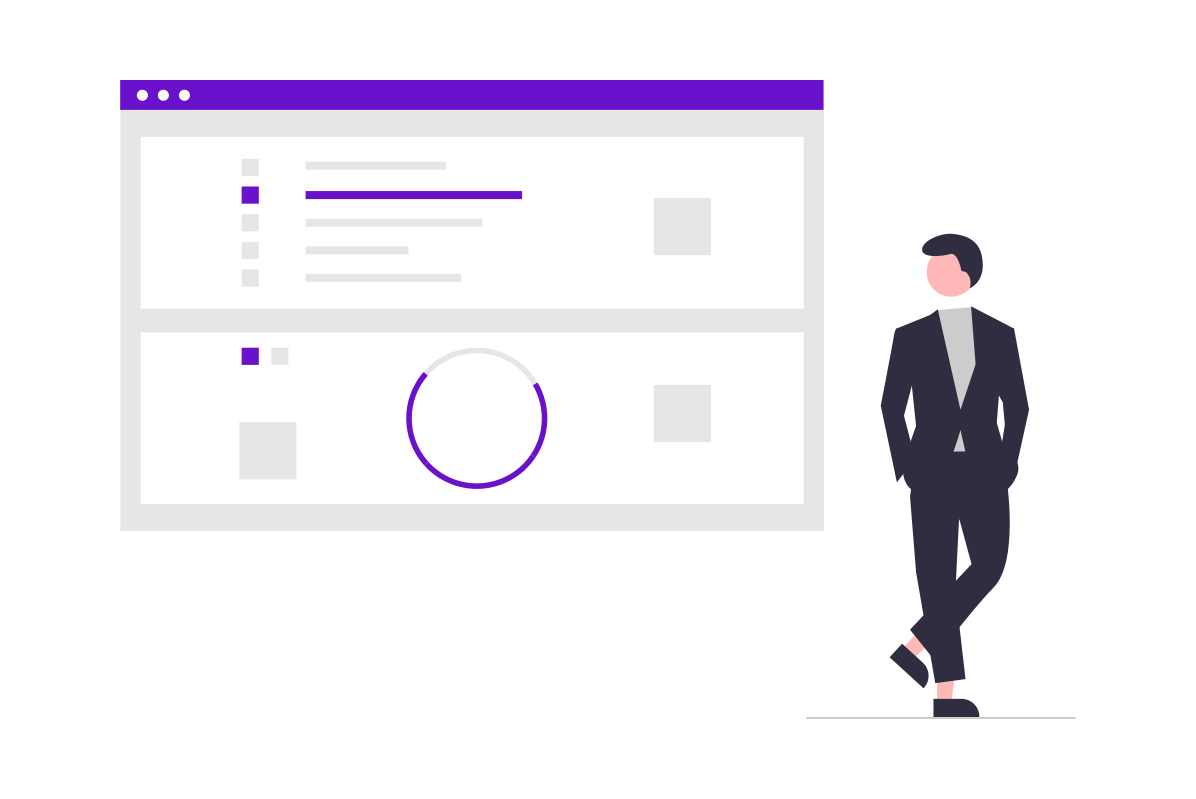Account-Based Marketing (ABM) has become a cornerstone of modern marketing strategies, especially for businesses aiming to engage high-value accounts. In today's competitive landscape, generic outreach efforts are no longer effective. To truly connect with your audience, personalization is key. This blog will explore ABM personalization tactics that can significantly boost engagement, turning targeted accounts into loyal customers.
Understanding the Power of Personalization in ABM
Personalization in ABM is more than just addressing someone by their first name in an email. It’s about crafting tailored experiences that resonate with each account’s unique challenges, goals, and needs. At its core, ABM is about quality over quantity. Rather than casting a wide net, you focus your resources on a select group of high-value accounts, delivering customized messaging and solutions.
1. Segment Your Audience for Precision Targeting
The first step in maximizing engagement through ABM personalization is to accurately segment your audience. Segmentation allows you to categorize your target accounts based on various criteria, such as industry, company size, geographic location, and specific challenges they face.
By segmenting your audience, you can create highly relevant content that speaks directly to the needs and pain points of each group. For instance, a technology company may have different needs than a financial services firm, and your messaging should reflect those distinctions.
Tactic: Use advanced data analytics and AI tools to enhance your segmentation process. These tools can help you identify patterns and behaviors within your target accounts, enabling you to refine your segments further and ensure your personalization efforts are on point.
2. Craft Tailored Content for Each Account
Once you have segmented your audience, the next step is to create content that is specifically tailored to each segment or, even better, each account. This could range from personalized email campaigns and targeted ads to bespoke landing pages and case studies that address the specific challenges of the account.
Personalized content not only captures attention but also builds trust. When your target accounts see that you understand their unique needs and are offering solutions tailored just for them, they are more likely to engage with your brand.
Tactic: Leverage AI-powered content creation tools to generate personalized content at scale. These tools can help you create multiple variants of content, ensuring each piece is aligned with the interests and challenges of your target accounts.
3. Utilize Intent Data for Timely Engagement
Intent data is crucial in ABM personalization as it provides insights into when an account is showing interest in your products or services. This data is derived from online behavior, such as the content they consume, the websites they visit, and the keywords they search for.
By monitoring intent data, you can time your outreach efforts to coincide with when an account is most likely to engage. This proactive approach ensures that your message reaches the account at the right time, increasing the chances of conversion.
Tactic: Integrate intent data into your CRM and marketing automation platforms to automate the process of triggering personalized outreach based on an account’s behavior. This ensures you’re always one step ahead, reaching out when the account is most receptive.
4. Leverage Multi-Channel Personalization
ABM personalization should not be confined to a single channel. To maximize engagement, you need to create a cohesive and personalized experience across multiple channels. This includes email, social media, your website, and even offline channels like direct mail.
A multi-channel approach ensures that your messaging is consistent and reinforces your value proposition at every touchpoint. It also allows you to meet your audience where they are, increasing the likelihood of engagement.
Tactic: Use an orchestration platform that allows you to manage and personalize campaigns across multiple channels from a single interface. This will streamline your efforts and ensure that all your channels are working together to create a unified experience.
5. Implement A/B Testing to Optimize Personalization
To ensure that your ABM personalization tactics are effective, continuous testing and optimization are essential. A/B testing allows you to experiment with different messaging, content formats, and channels to determine what resonates best with your target accounts.
Through A/B testing, you can refine your personalization strategies, improving engagement rates over time. It also provides valuable insights into the preferences and behaviors of your audience, which can inform future campaigns.
Tactic: Regularly conduct A/B tests on key elements of your ABM campaigns, such as subject lines, CTAs, content formats, and personalization tactics. Use the insights gained to make data-driven decisions that enhance your overall ABM strategy.
6. Measure Engagement and Refine Strategies
Finally, to maximize engagement with ABM personalization, it’s crucial to measure the results of your efforts. Tracking key engagement metrics, such as click-through rates, conversion rates, and time spent on personalized content, will give you a clear picture of what’s working and what needs improvement.
By continuously measuring and refining your strategies, you can ensure that your personalization efforts are driving the desired outcomes. This iterative process is key to staying ahead of the competition and maintaining strong relationships with your target accounts.
Tactic: Utilize advanced analytics platforms that provide detailed insights into your ABM campaigns. These platforms should offer customizable dashboards and reports, allowing you to track the metrics that matter most to your business.
Conclusion
In the world of Account-Based Marketing, personalization is the key to unlocking deeper engagement with your target accounts. By implementing these ABM personalization tactics—segmenting your audience, crafting tailored content, leveraging intent data, utilizing multi-channel personalization, conducting A/B testing, and measuring engagement—you can create meaningful connections that drive business growth.
Personalization is not a one-time effort but an ongoing process that requires constant refinement and optimization. As you continue to evolve your ABM strategies, remember that the ultimate goal is to provide value to your target accounts in a way that feels personal and relevant. By doing so, you’ll not only maximize engagement but also build lasting relationships that translate into long-term success.


